How IBM and Gartner Primed The 2017 Blockchain Hype Bubble
Executive Summary
- Reviewing the predictions and statements of IBM and Gartner is instructive in hindsight.
- We cover the clear deception on the part of IBM and Gartner on blockchain.

Video Introduction: How IBM and Gartner Primed The 2017 Blockchain Hype Bubble
Text Introduction (Skip if You Watched the Video)
In 2017, many companies, and prominently IBM and Gartner, began making several outrageous claims about blockchain. In retrospect, this appeared to be just another attempt to hype an unproven and relatively low opportunity technology in an attempt to sell software and consulting services. This article demonstrates how this occurred and how Gartner was paid to make absurd claims, that due to their power and influence, one can be sure that no IT media entity will ever point out. You will learn how blockchain is the textbook case of how major technology companies and IT analysts like Gartner work together to pump up technology bubbles.
Our References for This Article
If you want to see our references for this article and other Brightwork related articles, see this link.
Notice of Lack of Financial Bias: You are reading one of the only independent sources on Gartner. If you look at the information software vendors or consulting firms provide about Gartner, it is exclusively about using Gartner to help them sell software or consulting services. None of these sources care that Gartner is a faux research entity that makes up its findings and has massive financial conflicts. The IT industry is generally petrified of Gartner and only publishes complementary information about them. The article below is very different.
- First, it is published by a research entity, not an unreliable software vendor or consulting firm that has no idea what research is.
- Second, no one paid for this article to be written, and it is not pretending to inform you while being rigged to sell you software or consulting services as a vendor or consulting firm that shares their ranking in some Gartner report. Unlike nearly every other article you will find from Google on this topic, it has had no input from any company's marketing or sales department.
The Decline in Interest in Blockchain
The following shows the decline in interest in blockchain as tracked by Google Trends.
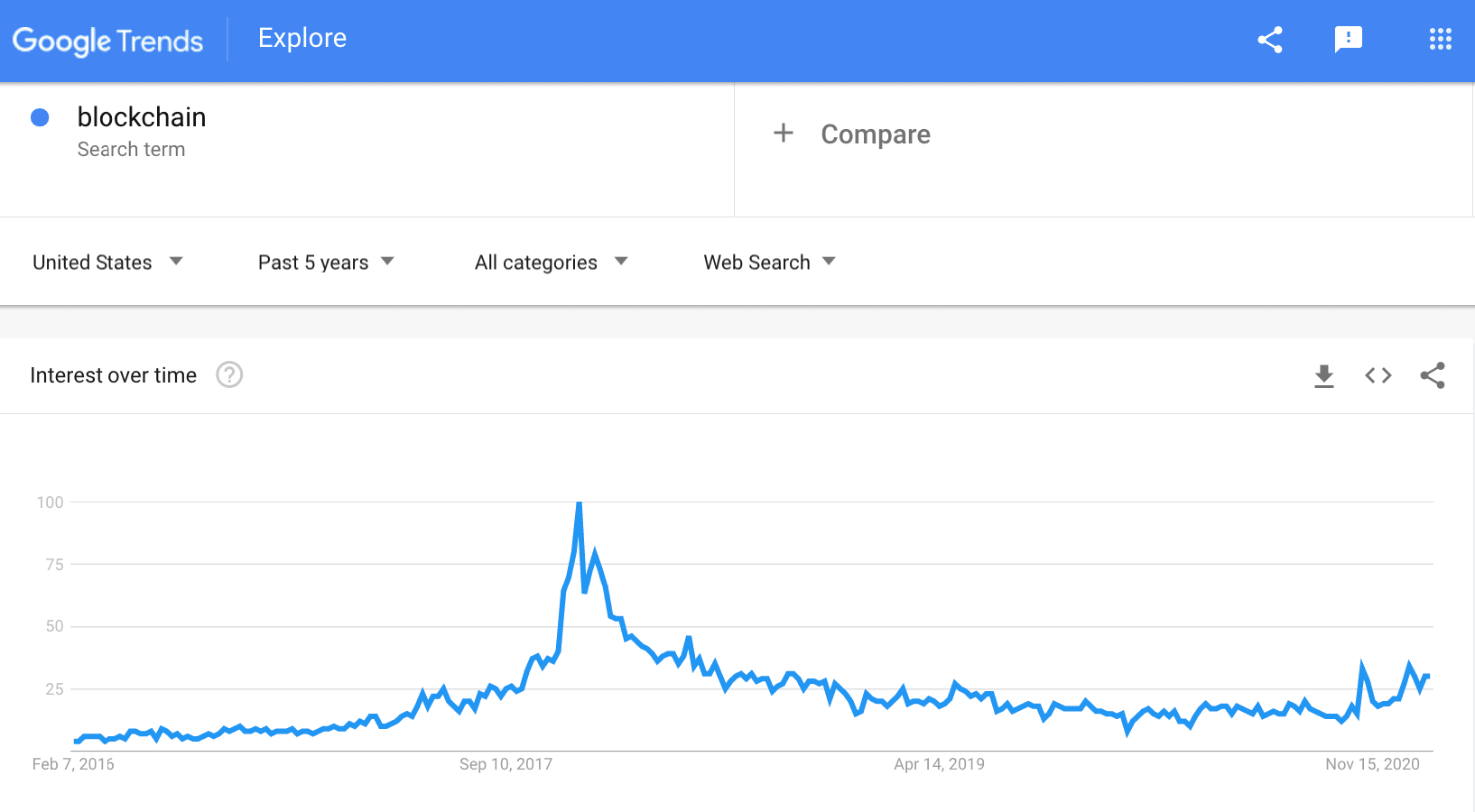
Often it is presented as authentic interest in a technology. However, in most cases, this is a response to the major software opinion shapers’ marketing efforts, which has nothing to do with the effectiveness or ubiquitousness of a technology and has more to do with what they decide to promote.
So what was happening in 2017?
IBM’s Interview in 2017: Limitless Potential…for IBM?
This ridiculous video is symptomatic of the type of material put out by IBM on blockchain. Bloomberg and all of the other major outlets are careful to have people who cannot critically analyze what executives tell them. At one point, the interviewer asks.
How quickly will have you have people copying you? Are you a first entrant into really supplying a way to use the blockchain in the enterprise?
What do you think this VP’s answer is going to be to that? What if this Bloomberg reporter asks all of the other companies offering blockchain services? What do we imagine the answer would be? Will any of them say no?
Recall that Bloomberg counts IBM as a major advertiser. Bloomberg reporters are not going to challenge anything IBM says. Bloomberg is helping to serve as a marketing front end for IBM in this interview. Naturally, Bloomberg puts out content without declaring their financial bias — just the way IBM likes it. That way, the softball coverage of their marketing fiddle-faddle looks like it is covered as objective news.
To use Blockchain Do, You Need to Get Ripped off by IBM?
If anyone wants to experiment with blockchain, you don’t need to call IBM for all that is holy. Once again, there are great options in open source.
Just head over the openchain.org (or hyperledger.org, more open-source blockchain) and observe some excellent documentation.
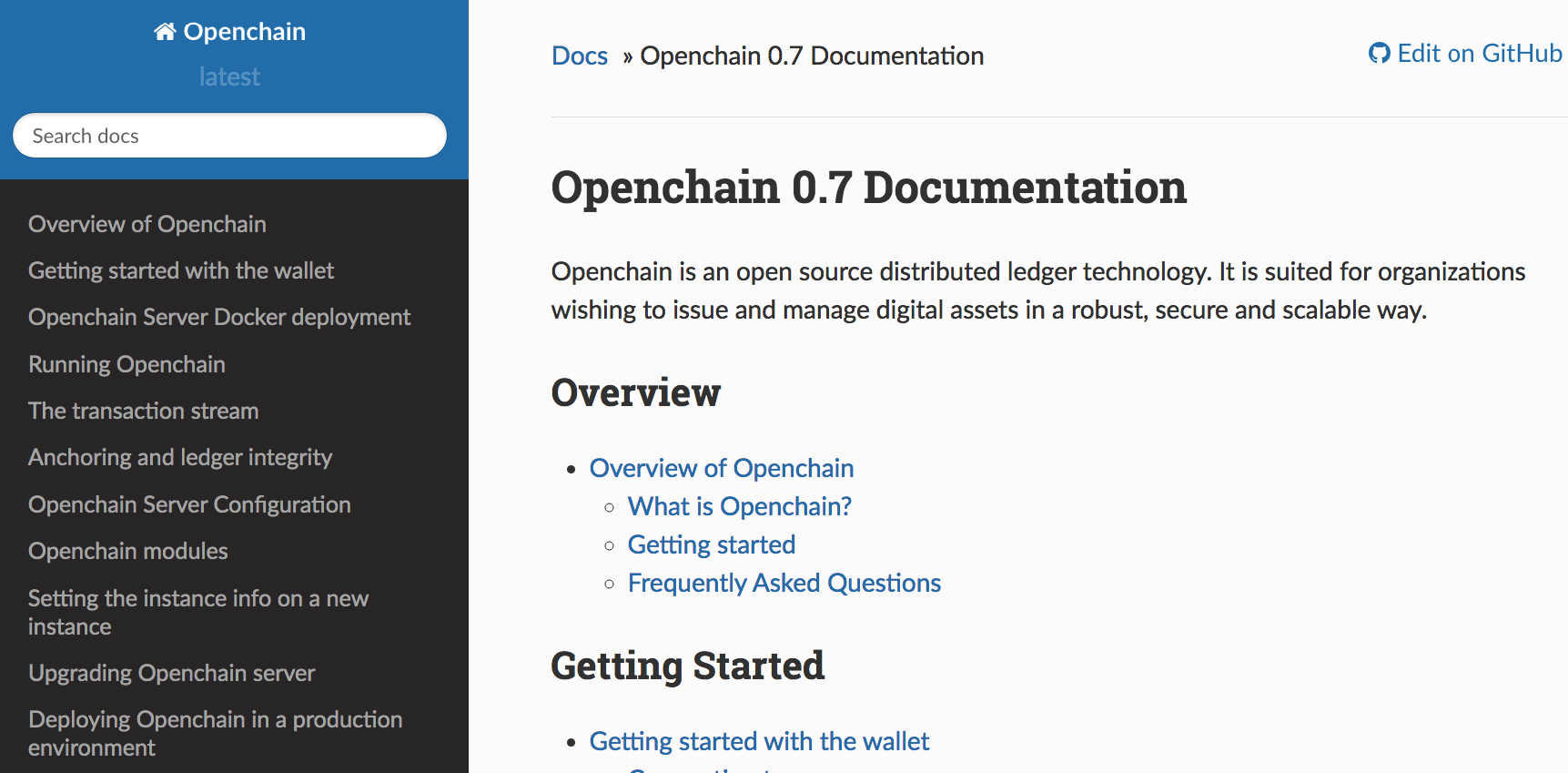
This documentation answers many questions on how to set up an open-chain blockchain server.
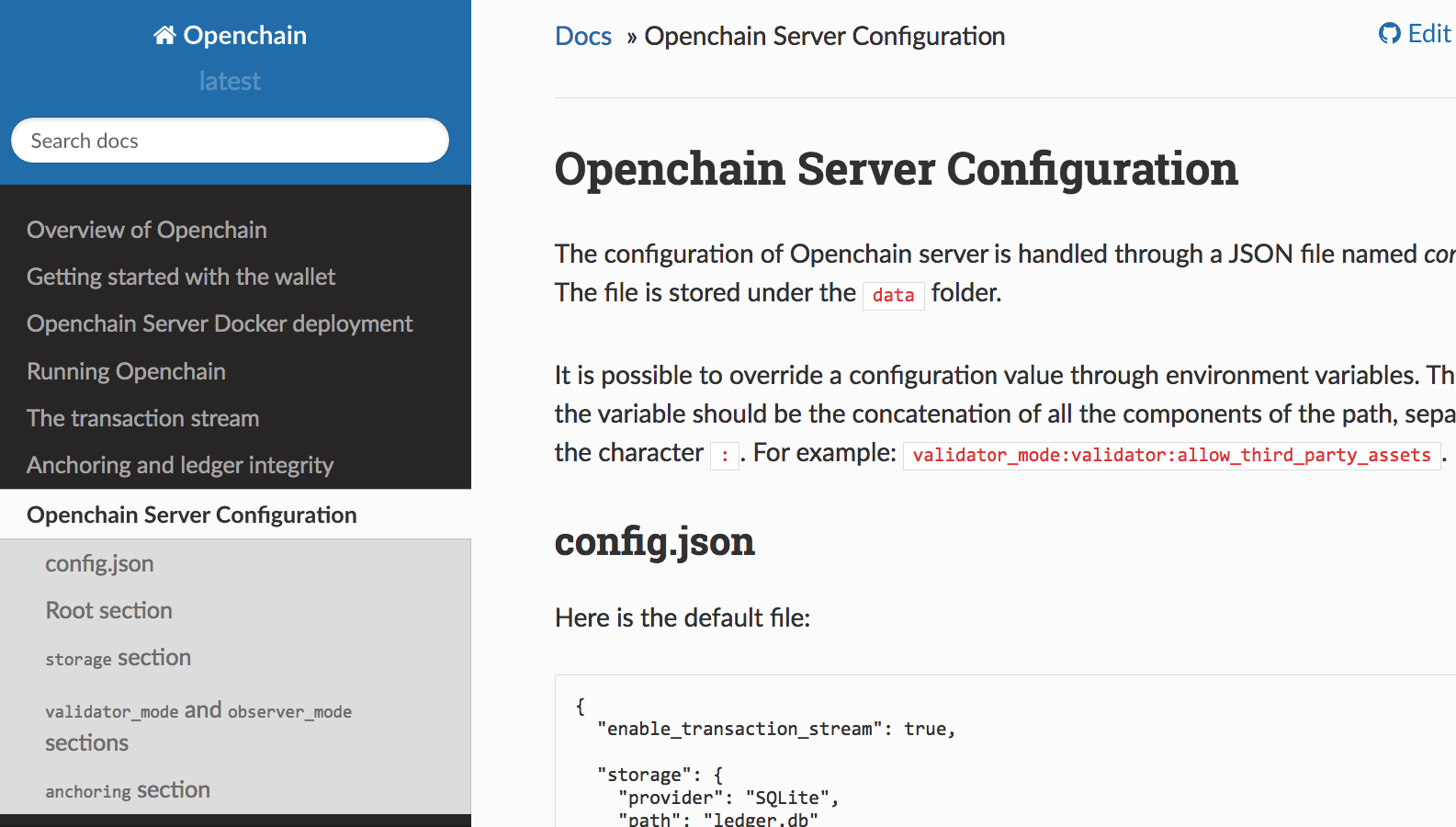
And what follows is the blockchain topics on GitHub.
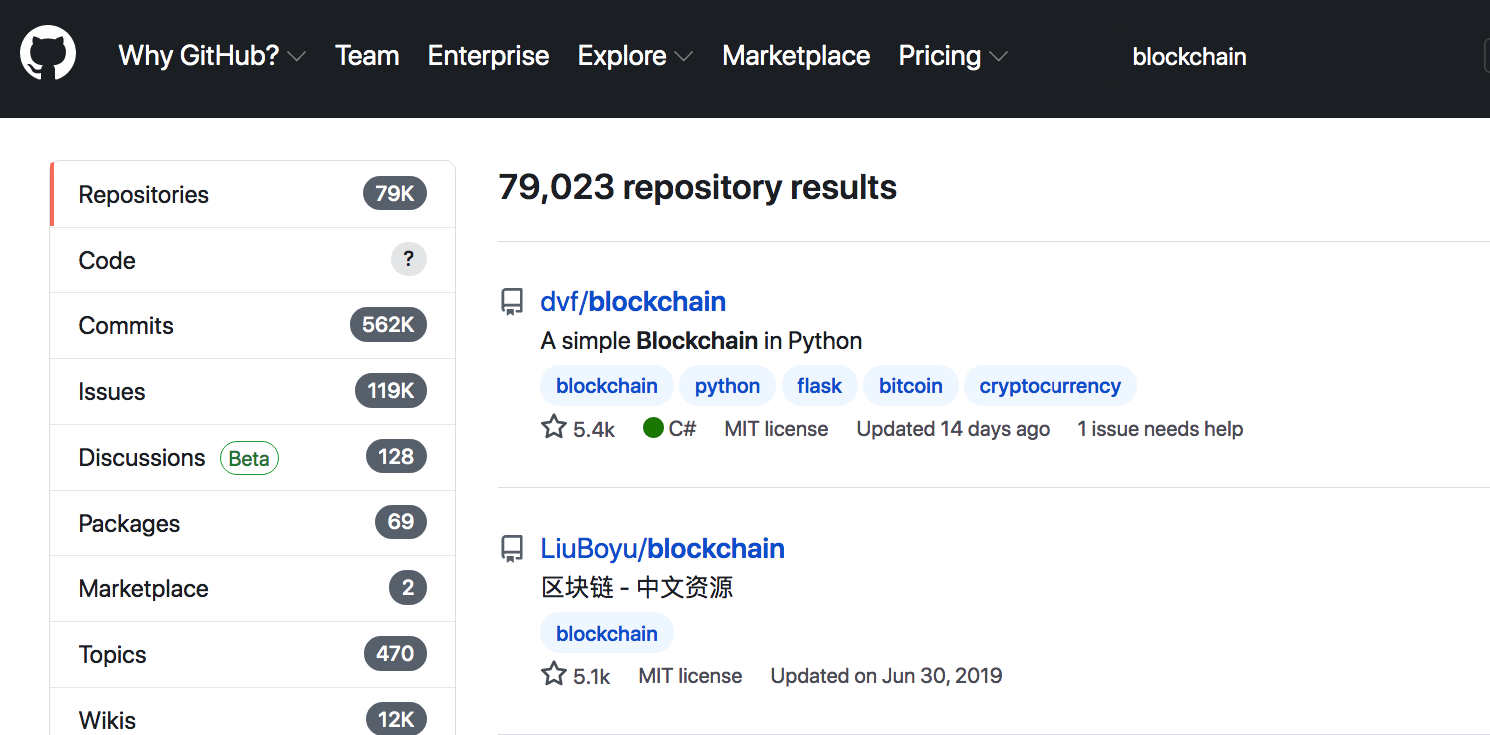
Why would one need IBM blockchain again?
IBM uses Hyperledger as its technology basis. So they do not have anything proprietary to offer — but that does not stop them from putting a wrapper around it and calling it the IBM Blockchain Platform Consol. I assume this means it will have a proprietary license, just as Chrome OS does, even though it is a wrapper around open-source Linux.
Getting Stuck in IBM’s Solution?
The problem is that Hyperledger is not universally applicable to every blockchain scenario. Is IBM going to tell you that they based their solution around just one of many blockchain options? Of course not. They have resources trained in their IBM Blockchain Platform Consol, and that is what they will want to bill you for.
Secondly, if IBM is involved in your open source project, you have a problem. IBM is about co-opting technologies. It has nothing to do with building. However, remember that a vendor like IBM is about control, and they are already read to Triple E (Embrace, Extend, Extinguish).
A year and a half after buying RedHat, they not only contradicted their promise to offer 10 years of support on CentOS they just recently killed CentOS, they also went back on their promise on allowing RedHat to operate with independence (something I stated was false in the article What is the Real Story of How IBM Will Use RedHat?) proving that RedHat was always just a Trojan Horse for IBM.
I was speaking with Markian Jaworsky and he stated that open source developers moved away from Hyperledger as soon as IBM bought RedHat. I could not find any articles that described this, so I asked Markian to provide some context. He responded with this single image.
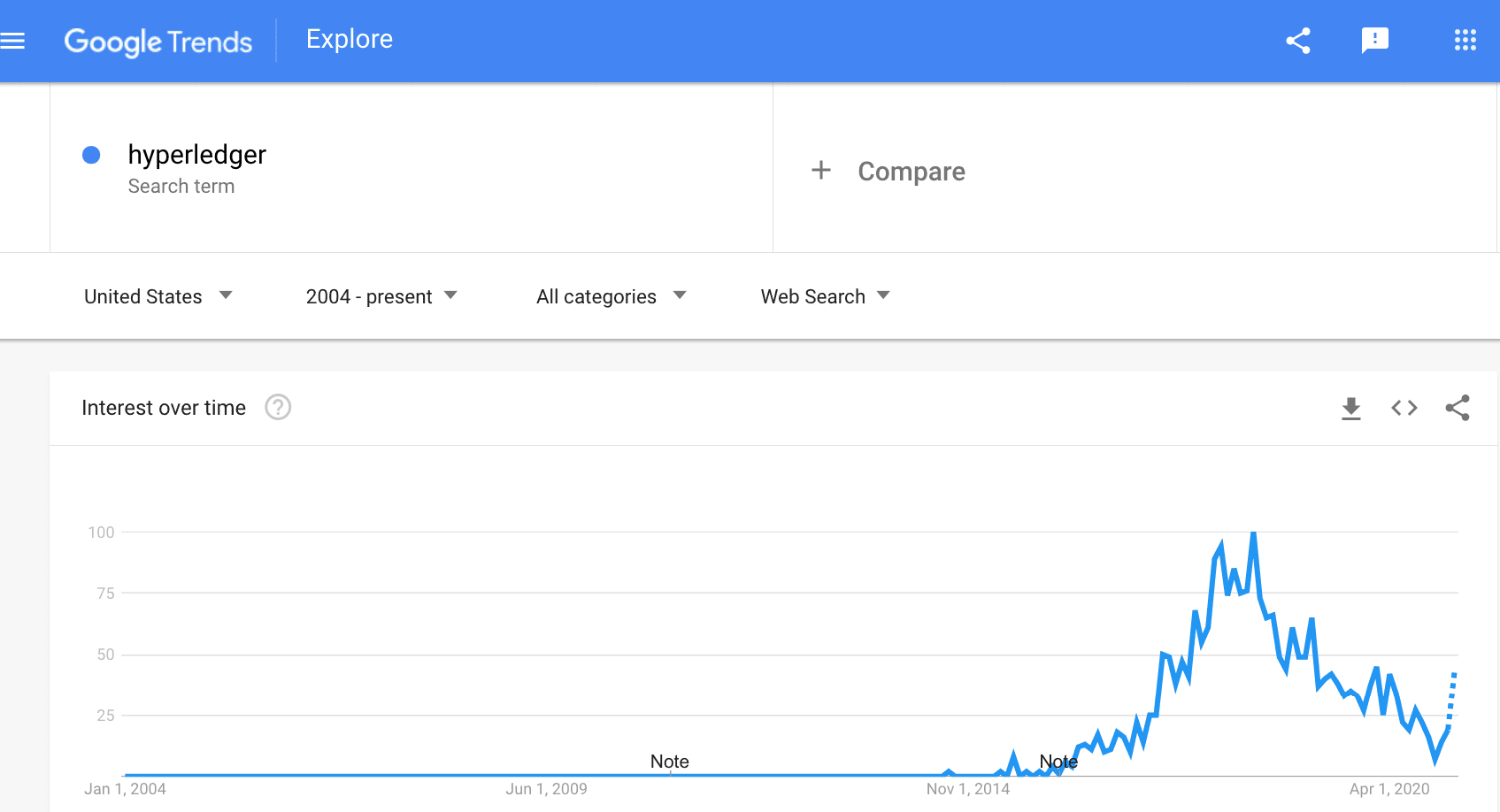
The peak of Hyperledger as a search term was July of 2018. Then it began its dramatic decline to where it now appears to be on life support. What could that decline have been related to? Well, it was not the acquisition of RedHat as that happened in July of 2019 not July of 2018. It may have been IBM’s public statements that they would get more involved in Hyperledger. This is the kiss of death when IBM starts to show interest in your open source project. I stated in July of 2019 that companies that used RedHat needed to get off of RedHat. After the RedHat acquisition, tons of sleazy IBM salespeople were going to begin hitting the “fresh meat” of the RedHat account base like crazed wolves.
To IBM sales, the RedHat customers are represented by this “baitball.” These are customers that had a good relationship with RedHat. IBM sales (represented by the sharks and the diving birds) looked to exploit that trust, by going after them with IBM sales tactics and sleazy lock-in contracts. When the list was finally released to IBM sales, the feeding frenzy was on. Within just a little more than a year and a half, RedHat’s reputation has been severely damaged by the acquisition.
Wired Takes IBM’s Money to Publish in 2017: They Repeat Arvind Krishna’s Marketing Spin (Or Simply Take the Article as is From IBM Marketing)
In the article The Blockchain will save healthcare and shipping billions of pounds, Wired had the following to say.
The world is full of big figures, but this one is more shocking than most. $600bn (£483bn) is lost every year from global trade as a result of “maritime fraud” – when goods go walkabout from ships during transactions. And this is just one tiny part of the global business of trade. Add it all up, and there are likely trillions of dollars lost to fraud each year. A coalition of companies, coders and charities believe they have a solution: the blockchain. “The blockchain can do for transactions what the internet did for information,” says Arvind Krishna, senior vice president at IBM overseeing the company’s involvement in the Hyperledger project, a new fabric for the blockchain to be used in a range of industries, including healthcare, shipping and government services. “For the first time with blockchain, we have a way of a transaction happening where both people can trust each other; that the information they put in cannot be changed or altered once the network has accepted it.”
This is the same VP as in the Bloomberg video. This also appears to be the same story as was presented in the Bloomberg video, and was published around the same time as the Bloomberg video. One wonders if the checks went out from IBM at around the same time. Is Wired also serving as a marketing front end for IBM, because it seems as if they are?
Something else that I noted is that the entire article is just Arvind Krishna marketing IBM’s blockchain consulting without any pushback from the Wired “author.” Who wrote this article? Is it written by the declared author, or by IBM marketing and then sent to Wired for publication?
Now notice we get a forecast from Arvind Krishna.
So we probably have four or five years before the massive explosion, the great switch on, the blockchain equivalent of the great dial-up roll out? “Correct,” says Krishna. “But as we’ve seen with other things, the world moves fast. It might not take five years.”
Well, it is four years later (this Wired article was written in March of 2017, so almost exactly four years — see references for details) as I write this and there is no massive explosion.
Arvind states that it may be four to five years. Maybe next year is when the massive explosion takes place? As it has not happened, and when it does not happen next year, will Wired publish a new article about how wrong Arvind and by extension, IBM was?
Gartner on Blockchain: Providing Enormous Growth Projections
To get that blockchain bubble percolating, vendors like IBM use IT analysts like Gartner to do their marketing. Most IT buyers do not know that Gartner is not a research entity but functions similarly to a JD Power and Associates (as I cover in the article, Gartner is a Fake Research Entity Lie JD Power and Associates.)
They believe Gartner when they write something. Gartner creates predictions called “nuggets” and are specifically designed to be constantly repeated by vendors and consulting firms.
Here is one such nugget.
Gartner Blockchain Nugget #1
Gartner Predicts 90% of Current Enterprise Blockchain Platform Implementations Will Require Replacement by 2021
And here is another.
Gartner Blockchain Nugget #2
By 2025, the business value added by blockchain will grow to slightly more than $176 billion, then surge to exceed $3.1 trillion by 2030, according to a recent forecast by Gartner. “Product managers should prepare for rapid evolution, early obsolescence, a shifting competitive landscape, future consolidation of offerings and the potential failure of early stage technologies/functionality in the blockchain platform market,” said Mr. Lee.
And another.
Gartner Blockchain Nugget #3
By 2023, blockchain will support the movement and tracking of $2 trillion of goods and services annually.
These nuggets will find their way onto the marketing excrement of blockchain vendors and consulting firms.
Does Gartner have any idea if this is true?
Absolutely not.
They follow no research method and create numbers that sound large and impressive. No one will check, and if they are positive, all of the industry entities that stand to profit from more blockchain or (insert in the BLANK) other technologies will repeat it.
Let us review some more Gartner quotes on blockchain.
Even though the initial hype surrounding blockchain applications, and the prolonged blockchain “winter” that followed, are beginning to settle, this is no time to rest on our laurels. IT leaders must prepare for the inevitable blockchain tech “spring” on the horizon, bringing with it core-enabling technologies and significant opportunities for digital business.
This is a curious thing to say because it makes it appear that Gartner has nothing to do with hype. Gartner was specifically paid to hype blockchain, and they did.
Now, why did the “winter” follow? Well, the reality of blockchain projects did not match the hype (that Gartner promoted). Now notice that Gartner tells companies not to “sit on their laurels.” This means that companies like IBM burned on blockchain projects need to invest more in blockchain! And finally, Gartner promises a blockchain “spring,” which is “inevitable.” Why is it inevitable? The technology is low in opportunity.
Blockchain is an online register. And it uncontrollable. Who wants an uncorrectable register that no one controls? I mean, there can be some narrow use cases, but you can’t transact on that design.
Are IBM and Capgemini and Deloitte, etc. going to say, “we lied to you for money.”
Of course not?
And it’s not just vendors paying Gartner to promote blockchain. It is something Gartner advises companies on as well.
See the following quotation from Gartner’s website.
Gartner has helped organizations such as the Australian Stock Exchange, the City of Austin and dozens more explore how blockchain adoption can transform the way they create value. Whether streamlining multiparty processes, creating and trading new assets, or leveraging artificial intelligence and the Internet of Things, blockchain enables entirely new business opportunities.
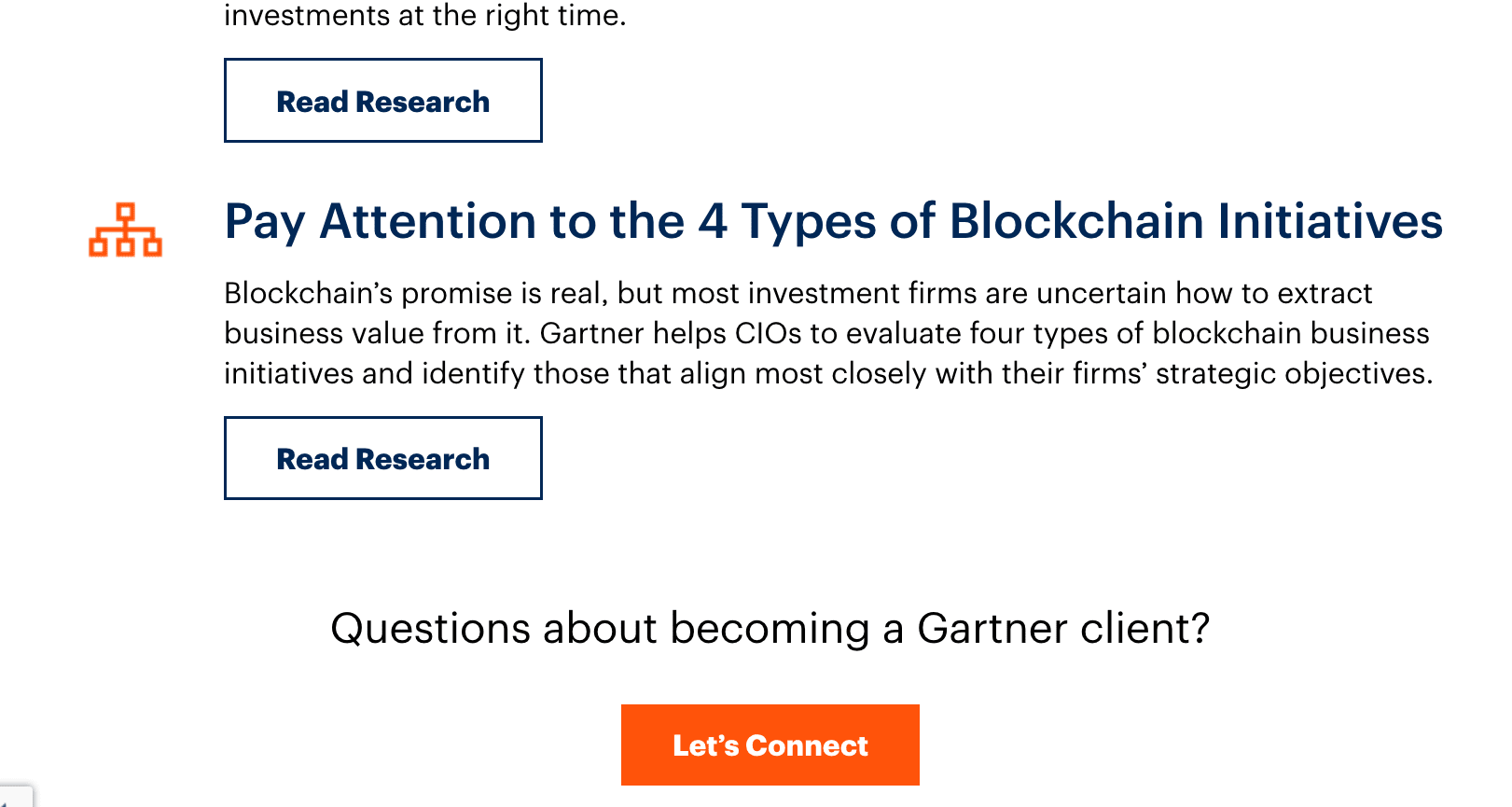
And Gartner wants you to become a client as well — so they can misinform you on blockchain and charge you top dollar for bad information.
Notice what Gartner wants its customers and prospects to know.
Most organizations have only explored blockchain on small, narrowly-focused POCs.
But top performers are already considering how the technology could be combined with complementary tech such as artificial intelligence (AI) and the Internet of Things (IoT) to create entirely new business models.
Yes, this is because blockchain has little applicability.
However, notice how Gartner states that “top performers” are focused on using blockchain with AI and IoT. All of these are severely overhyped technologies, but Gartner is telling customers effectively, “don’t be left out; the best of best/top performers are doing these things.”
And who is helping these companies with this ridiculous amalgamation? Well, Gartner, of course! Isn’t that interesting? Top performers use Gartner.
And who else is combining blockchain, AI, and IoT?
Well, let us review a press release.
SHENZHEN, China, Feb. 5, 2021 /PRNewswire/ — WeBank named in Gartner’s report “The China Blockchain Service Network: A New Digital Infrastructure to Accelerate and Challenge Digital Commerce Globally”1 in 2020.
According to Gartner1, “The China blockchain service network (BSN) is a technical infrastructure designed to support and enable the majority of blockchain applications in the Chinese market and provide the backbone infrastructure for commercial activity. It can be regarded as a new internet protocol to facilitate trusted data, value and asset sharing between computer nodes. Gartner believes that from a policy objective, the BSN aims, in particular, to accelerate smart city developments — including activities involving Internet of Things (IoT), artificial intelligence (AI), payments, government processes and the digital silk road initiative.” (emphasis added)
Gartner also identified WeBank as a sample vendor in terms of blockchain in government in the Hype Cycle for Smart City and Sustainability in China, 20202. In 2020, WeBank applied its open-source blockchain technologies to on application scenarios, such as “The Green Mobility Inclusive Platform.” It aims to effectively promote the trusted data circulation and integration of public welfare data, helping to enhance the efficiency of industry-wide collaboration.
That is curious. Because this is nearly the same phrasing used by Gartner to say what “top performers do.”
Conclusion
IBM and Gartner said cringe-inducing things about blockchain. But don’t worry, IBM and Gartner don’t know how to blush, and they have been wrong so many times in the past that they have learned to be wrong and to be happy. No matter how they mislead their customers, they still keep their exaggerated else of self-worth. And there is always a future lie to be told.
These things never made any sense when they were made, and I brought this up in multiple articles, including Is Blockchain all that Innovative or is It Being Overhyped. However, you can’t make money critiquing technology. You make money promoting technology. Now that blockchain has had four years since the peak of its hype bubble occurred, and the reality bears little resemblance to what IBM and Gartner said, it’s time to move on to a new technology bubble.

How We Improve Your Management of Gartner and Other IT Analysts
We know Gartner well because we have the most published research on them and how they operate. We support clients that try to get value out of Gartner, and other IT analysts, which works much better if you understand how they function internally.
In addition to getting better value from any IT analyst, what you pay us is easily made up for in savings from purchasing IT analysts' reports and other products.
Important Point #1: Don’t Go It Alone Against IT Analyst Salespeople
Nearly all companies that use IT analysts do not use independent entities to help them. This is not advisable, particularly when Gartner's products and services are so expensive.
Why go up against a salesperson from Gartner or other IT analysts alone when we have so much experience dealing with them?
Important Point #2: Gartner Spend and Purchasing Optimization
We can reduce your Gartner costs by keeping you away from the lower-value Gartner offerings and help you get more value out of the Gartner products that you do end up buying.
We improve the value from Gartner whether you are a long-time Gartner customer or looking at Gartner for the first time.
Important Point #3: Our Independence
We not only have over a decade of experience being the leading researchers of IT analysts, but we also have the added experience of interacting with many companies who use them. We are also completely independent of any IT analyst, including Gartner.
Nearly all entities in the IT space are quite deferential to Gartner. However, we have published articles that expose when Gartner provides poor value to their customers and when the information they provide is unreliable.
Contacting Us
You can contact us at support@brightworkresearch.com
More Videos
In this video, IBM Blockchain General Manager makes a series of idiotic claims about the necessity for blockchain in supply chain.
Here IBM babbles about design thinking, which is from SAP and is not demonstrated to be a valid concept as I cover in the article How Accurate Was SAP on Design Thinking Speeding Implementations. It also implies that the vendor has some type of magical access to magical thinking, which anyone who has worked on an IBM project would know is not true. In this video, the IBM Blockchain Platform Consol is explained.
Also, look how nice everyone is! Is this IBM or the neighborhood Starbucks.
IBM is a vicious company that uses complex and deceptive contracts to extract the most while giving the least to customers. But with this video and “plucky” soundtrack, IBM makes itself appear to be approachable and fun.